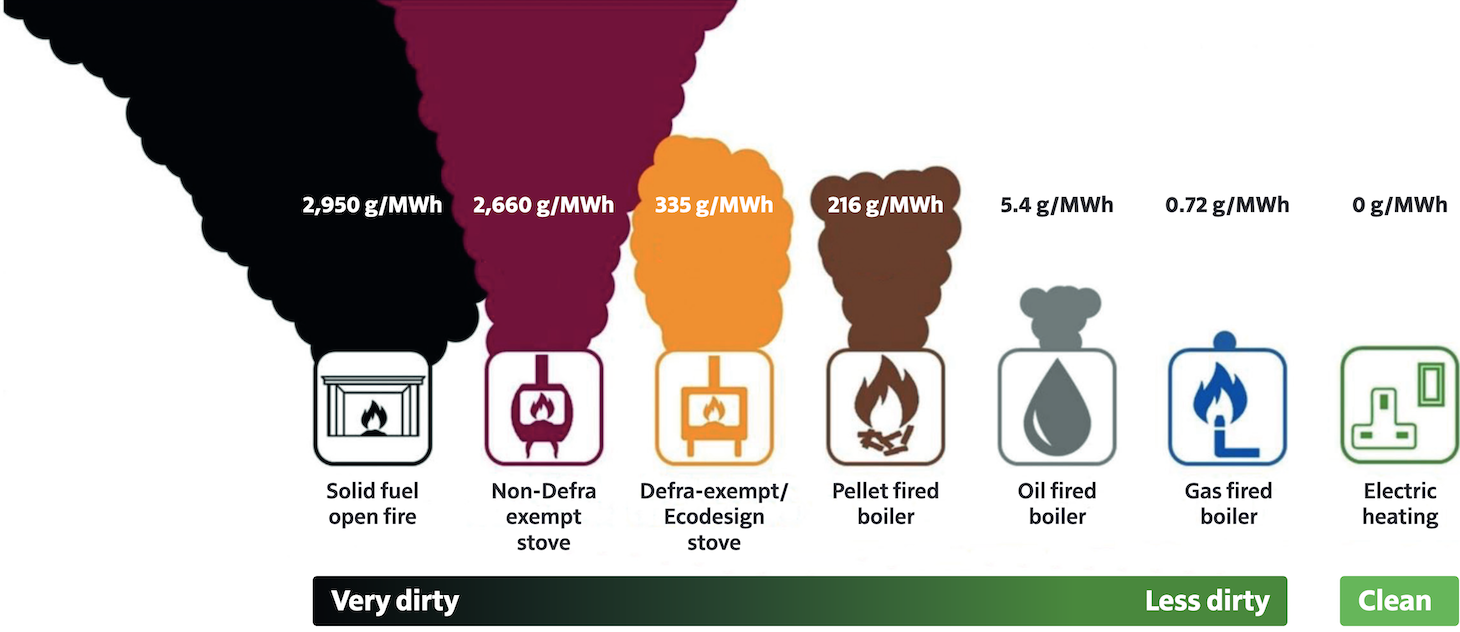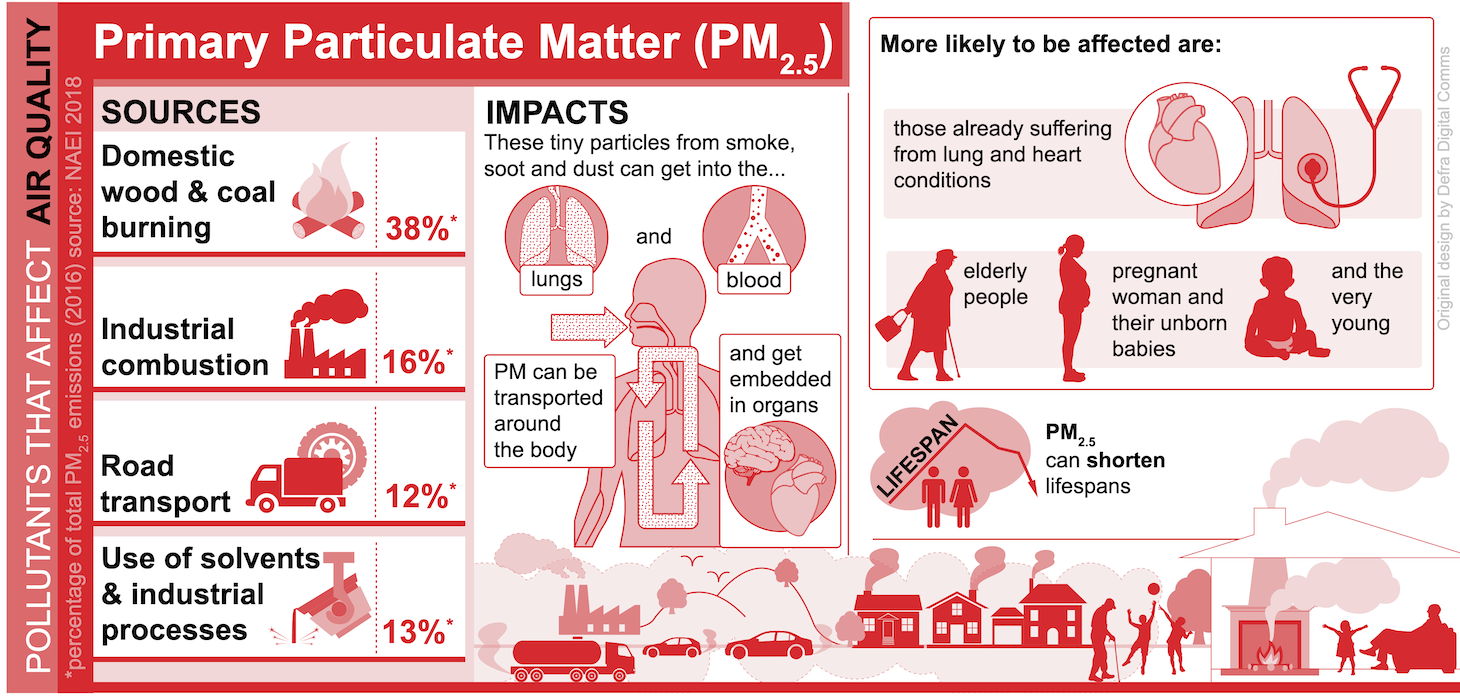Previously, I wrote about how Kraken has built the world’s largest electric vehicle smart-charging virtual power plant using Residential Flex (formerly known as SmartFlex). ResiFlex (for short) is Kraken’s domestic flexibility product for low-carbon technology and is built on the same platform as our Generation Flex (GenFlex) system for grid-scale infrastructure.
This time, we’ll talk about how we’re going to do the same for home heating (and cooling). It may seem odd to talk about heating in the summer but we have operations in the Southern Hemisphere. It’s always cold somewhere (for now at least).
Electrifying home heating is a big part of tackling global heating and local air pollution. It eliminates the need to burn fuel to heat homes.
Heat pumps
Electric vehicles currently make up the majority of our flexibility fleet but heat pump installations are ramping up in the UK and other places that we have operations. We see this as a big growth area. Heat pump installations are increasing and look likely to grow significantly, similar to the growth in EV sales.
The removal of outdated and archaic planning barriers will help with heat pump adoption in the UK. They are also a key part of the UK’s Seventh Carbon Budget from the Climate Change Committee (CCC).
In terms of practicality, we think heat pumps are clearly the future of home heating to replace gas. You don’t need to chop anything, fill fuel hoppers or clean anything out and you can set a schedule or control them remotely from your phone.
In parallel, improving cosiness while not polluting is an area of active research. One option is augmentation with infrared radiant heating panels.
Heat pumps are incredibly efficient and can output 3 or 4 times the energy consumed (as the heat actually comes from the air or ground). You can’t get over 100% efficient when burning a fuel, and most boilers or fires are much worse.
Wood, fired
First a bit on what not to do. There are misguided ideas that wood burning is somehow eco-friendly.
It really isn’t.
Burning wood (biomass) is still burning and polluting, whether it is for generating electricity or heating homes. Trees take decades to grow and mature1, time we simply don’t have. Timber is better used in construction and biochar (a soil improver) is a better use for biomass by-products2. Or simply leave the forests where they are, keep the carbon sinks3, encourage biodiversity and improve human well-being4 (e.g. shinrin-yoku).
Wood burning is not carbon-neutral and is more polluting than coal in terms of the amount of CO₂ released per unit of energy. It’s also expensive and dirty.
The astute reader may have noticed the following in my last post.
Road transport is the second or third biggest source of particulate pollution in the UK (depending on who you ask).
So what is the biggest source of pollution?
It’s domestic wood burning.
Wood burning causes much more health-damaging pollution than gas or even oil. Although the cleanest form of heating is obviously electric.
The above image comes from the UK Chief Medical Officer’s annual report on air pollution (section 4.9). Professor Chris Whitty probably knows a thing or two about respiratory diseases and the impact of particulates.
We need to fire wood from its job as a fuel, along with all the other fuels that we burn. Bonfires are also a source of pollution but that is another issue.
All electric
It’s widely understood that we need to stop burning methane gas (a fossil fuel) due to the carbon emissions. Additionally, cutting gas use is also important in reducing fugitive emissions of methane (a more potent greenhouse gas) from leaks in the gas infrastructure. We are not going to cover gas here, only what replaces it. We need the right heat - electric, renewable and clean.
Cost
A big problem with traditional electric heating is that it is expensive to run. Heat pumps change that.
Heat pumps make electric heating affordable. They work as heat multipliers, so the running costs are similar to (or lower than) piped “natural” methane gas. They use less fuel input for the same amount of heat output than gas or resistive electric heating.
Heat pumps are a win simply on their own. However, with smart technology we can do even better.
Flexibility
Heat pumps allow demand shifting, similar to that of EVs and batteries. The heat capacity of the home can be used as a thermal storage buffer.
We are already optimising home heating (and even cooling) for customers, to pre-heat (or pre-cool) ahead of peak times and then temporarily reduce load when it is dirtier and more expensive. There is no loss of comfort when doing these brief holds and normal service resumes after the peak.
For example, we helped enable National Grid’s EQUINOX trial for clients and in the US we use smart thermostats to control air conditioning systems (i.e. air-to-air heat pumps rather than air-to-water heat pumps). We are also performing flexible control of overnight electric storage heaters (via the smart meter) in GB, reducing the cost of running them.
Kraken technologies
Kraken has a technology centre where we physically install hardware and test our integrations with heat pumps, solar inverters / batteries, EVs and EVSE charge points. We invite clients and partners to collaborate with us there.
Kraken’s mission is to make a big green dent, not simply by shifting electrical consumption to cheaper and cleaner times but by accelerating electrification in general. Part of this is with flexibility to make upgrading the grid cheaper and quicker but another part is simply making it cheaper and easier for people to go all electric.
We have capabilities in Kraken to bill consumption from smart devices separately to the home load. This allows clients to offer innovative tariffs that incentivise switching to electric heating and transport.
We also build products such as Kraken Field, which schedules engineers to install heat pumps and other low-carbon tech in homes. I personally have a heat pump at home, installed using this, and am very happy with it.
Conclusion
In summary, electric heating is the cleanest and greenest form of heating. It is far better for combating global heating and local air pollution than burning any sort of fuel, especially if the electricity comes from renewable sources.
Heat pumps are a great form of electric heating, as they give you more heat out than electrical energy in. They use less energy than traditional electric heating (or even burning fuel) and are therefore cheaper to run.
Electric heating also allows for flexibility and demand shifting, in a similar way to EV charging. This enables them to be used in aggregate to provide grid services, earning revenue that can be passed on to customers as savings to encourage electrification.
-
Trees reach maturity at different rates, from 10 to 40 years or more. A typical English oak tree starts producing acorns at around 40 years old, peaking in productivity around 80-120 years. ↩
-
Biochar Effects on Two Tropical Tree Species and Its Potential as a Tool for Reforestation ↩
-
Does harvesting wood contribute to climate change even if the wood is used for permanent structures like houses? Yes: the tree waste left behind, and the process of removing, processing and shipping the wood, all produce climate-warming emissions. ↩
-
Trees lead to better human health. It’s that simple, and there is strong evidence to back this statement up. ↩
Would you like to help us build a better, greener and fairer future?
We're hiring smart people who are passionate about our mission.
- Building an AI copilot to make on-call less painful
- Building the largest electric vehicle smart-charging virtual power plant in the world
- How we ship over 100 versions a day to over 25 environments in more than 10 countries
- Avoiding race conditions using MySQL locks
- Estimating cost per dbt model in Databricks
- Automating secrets management with 1Password Connect
- Understanding how mypy follows imports
- Optimizing AWS streams consumer performance
- Sharing power updates using Amazon EventBridge Pipes
- Using formatters and linters to manage a large codebase
- Our pull request conventions
- Patterns of flakey Python tests
- Integrating Asana and GitHub
- Durable database transactions in Django
- Python interfaces a la Golang
- Beware changing the "related name" of a Django model field
- Our in-house coding conventions
- Recommended Django project structure
- Using a custom Sentry client
- Improving accessibility at Octopus Energy
- Django, ELB health checks and continuous delivery
- Organising styles for a React/Django hybrid
- Testing for missing migrations in Django
- Hello world, would you like to join us?

